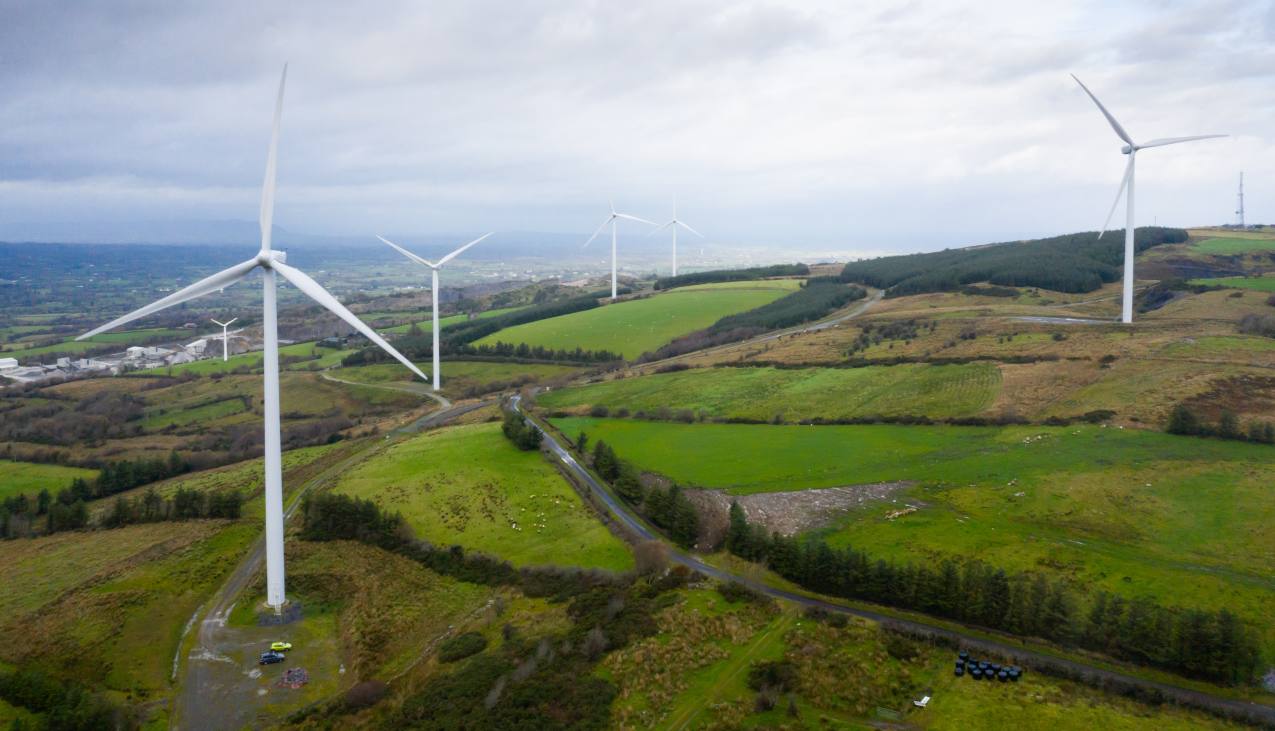Nevertheless, we have observed a sharp improvement in pricing in Europe and the UK since the April/May lows, with spot prices moving beyond pre-pandemic levels in many areas. Moreover, futures prices have firmed significantly and while futures markets may only ‘go out’ a few years in key markets, this improvement is of importance. If renewable energy companies value future cash flows based on energy consultancies’ price forecasts and those forecasts are at odds with the reality of what may be presently achieved, as we see now, then the challenges and inaccuracies resulting from using long-term price forecasts to drive asset valuations becomes apparent. For example, if a renewable energy generator removes its price risk for anticipated output in two years’ time by locking in prices via a short-term PPA or through futures markets, then any subsequent change in pricing forecasts for that period becomes irrelevant.
The owners of portfolios of renewable energy will typically have energy trading teams seeking to lock in attractive prices at opportune moments. The chart below illustrates the movements in UK electricity price futures (December contracts) over one year. Extracting the December 2021 contract, we can see a significant improvement in the price from the nadir in March 2020 to the end of September 2020. Current valuations will still be factoring in prices for 2021 that incorporate futures prices from earlier this year, whereas trading teams could be locking in prices for power output in late 2021 at rates some 20% higher. This demonstrates the potential for significant divergence between prices that are factored into valuations from period to period and what is ultimately achieved.
It appears reasonable to anticipate that recent improvements in electricity pricing across the UK and Europe will have a positive impact on asset valuations once incorporated into future cash flow expectations. While very long-term expectations may be relatively unchanged, if not softer, the disproportionate impact of near-term cash flows on the discounted cash flow model is likely to dominate.
One region where pricing has not rebounded strongly as economies have begun to ‘open up’ is Scandinavia. A wet, mild winter meant hydro balances were high going into 2020, while lower demand caused by lockdown meant supply has been easy and price recovery has been slower. Regional factors will ordinarily drive different electricity price dynamics at any given time in different markets, contrasting recent months, where the pandemic has had a homogenous, overarching impact on demand and pricing. In addition, the level of interconnection between two geographic energy markets will impact how correlated electricity prices are in those markets. For example, the correlation between electricity pricing in Scandinavia and Iberia is close to zero with very limited interconnection between the two markets. Therefore, geographic diversification will typically be beneficial in reducing price risk for a mixed portfolio of renewable energy assets.









